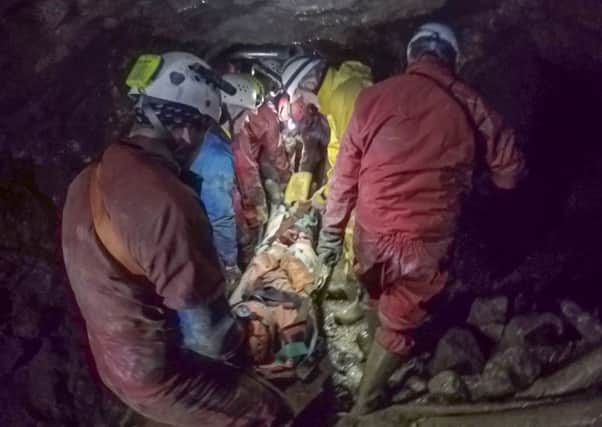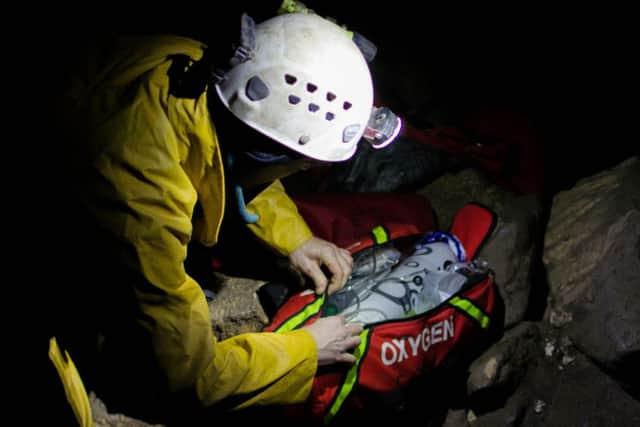Fell Rescue column: Cavers advised to plan an escape


It is common for a major rescue to take 12 hours or more as well as being a huge logistical operation requiring large numbers of members. We have some world class cavers and cave divers many belonging to local caving and potholing clubs and their expertise and knowledge of local cave systems and their determination has saved many lives in this exhilarating yet strenuous and potentially dangerous activity.
Much of the Dales is underlain with limestone and that means we have many caving systems making the area a very popular destination for cavers and potholers from far and wide wanting to explore the wonders of our underground world.
Advertisement
Hide AdAdvertisement
Hide AdNidderdale is very much part of this caving scene not just with the Stump Cross Caverns Showcave but major systems such as Goyden Pot and Manchester Hole. Both locations having been the scene of rescues over the years.


There are at least 20 known and surveyed caves in Nidderdale alone.
Preparation and safety considerations are paramount in this activity and the following guidelines need addressing for a safe trip.
Always include experienced cavers in the party and seek advice of local experts beforehand.
Advertisement
Hide AdAdvertisement
Hide AdTake notice of the local weather forecasts and ground conditions. Flooding can happen very quickly and violently.


Make sure you carry at least one headlamp for each person. Without light you are trapped.
Ensure you wear clothing and footware suitable for your trip. Always carry emergency lights, food, a first-aid kit and a survival bag.
Leave a note of your trip and latest time of return with a responsible person. Make sure they are aware how to contact the rescue teams. Confirm your safe exit.
Advertisement
Hide AdAdvertisement
Hide AdPick a cave or pothole within everyone’s capabilities and be sure of the route to avoid becoming lost.
Practice ladder and rope techniques above ground before use underground to ensure they are rigged properly before hanging your life on them, check that ropes are long enough and are knotted at the lower end.
An accident underground is easy – rescue is difficult.
Most accidents are caused by falls, loose boulders, rising water and exposure.
Your exit from the cave can take much more effort than entry – plan your trip accordingly.
Advertisement
Hide AdAdvertisement
Hide AdHaving mentioned cavers from afar, we recall an incident involving a renowned cave diver from Germany who found himself part of national caving folklore.
His diveline had become stuck trapping him with only a tiny gap where one of our members who was caving with him could reach through, they shook hands, thankfully they eventually overcame this horrific predicament and he came out alive.
Such is the black humour in the caving world, this section of the caving system became known as Dead Man’s Handshake.
We never determined whether the Yorkshire humour was understood but he certainly left the Dales much relieved.